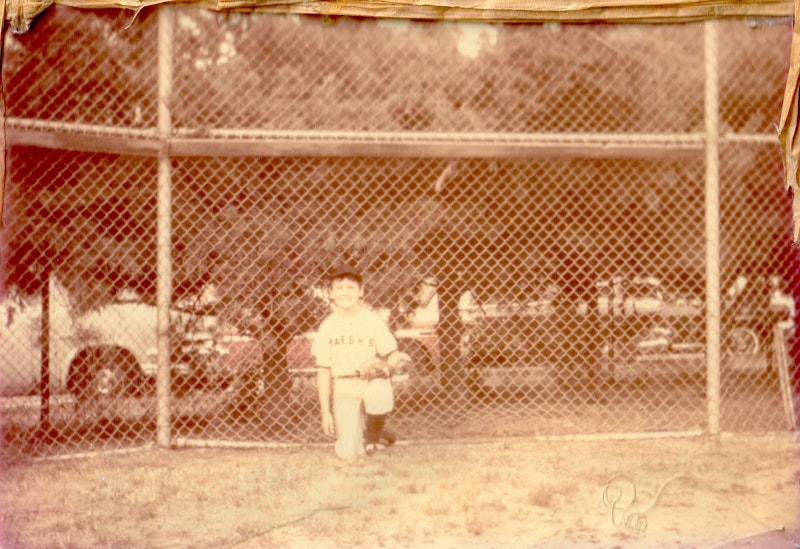In mid-July, Splice Today contributor Tom Joyce, a 26-year-old Massachusetts native who’s fully invested in Boston’s Red Sox, Celtics and Patriots, offered advice to prospective sports journalists: don’t waste your time. It’s well-documented that even in cities with passionate fans, the days of the beat baseball or football reporter (all sports, in fact, save controversies over the rare instances when men compete in women’s contests) are long over, no longer necessary when readers can find out whatever information they desire minutes after a game’s over. I miss the longer articles in The New York Times, Washington Post and Boston Globe that weren’t concerned about day-to-day events, but rather a more broad overview, well-researched and ignoring say-nothing quotes from athletes, much less ownership and management. This week, I’ve yet to find a thorough example of why the odious MLB Commissioner Rob Manfred had his contract extended through 2029.
You can see the last gasps, for example, in the columns of The Boston Globe’s Dan Shaughnessy (at 70, he’s not yet in Henry Kissinger territory, has infuriated Boston partisans since 1981, worked hard at it, and though I believe he’s a contrarian as a shtick, I don’t always take a pass on him), which read not like a celebrated reporter—within his profession—but just a fan who’s mouthing off. His July 27th entry, days before tomorrow’s MLB trade deadline, contained no quotes from Red Sox management, specifically GM Chaim Bloom, and urged the Sox to clean house, even though they’ve played well in the past month and aren’t out of playoff contention in the game’s new give-more-than-half-the-teams participation trophies system.
He writes: “These Sox were not built to win this year. [Either were the Orioles or Reds]. And that’s why I’d trade James Paxton, Kenley Jensen, Adam Duvall and Justin Turner between now and Tuesday. It’s the opinion of this typist that the Sox gave up on this team long before Opening Day and this recent spate of success is only making it difficult to stay the course and keep building for the future.” Dan from Newton presents a valid opinion—despite no research—that I don’t agree with (and I doubt ownership will flush down Fenway Park revenue and their TV station NESN ratings at this juncture), but that’s okay. It’s just that Shaughnessy—who once berated, or schmoozed, ignores the principals in a story he was writing—is no different now than Connor from Jamaica Plain, Pete from Boston or Liz from Worcester.
As the cemented clichés say: “That’s where we are” and “It is what it is.” Nevertheless, given the instant sports news on Twitter (but not ESPN) and just-slightly-lagging-behind, Major League Trader Rumors, “I’m good.”
My late father-in-law Rudy, with whom I’d share long conversations about baseball, would be horrified that his hometown paper The Los Angeles Times, has eliminated box scores from its shrinking edition. When visiting Baltimore, he used to look at the agate in the papers and work on his own scorecard. Spreadsheets on the kitchen table, charting not only his team, the White Sox, but the game as a whole. I gave up on taking a stubby pencil to 25-cents programs to score games around 1970 (not enough patience), but I appreciated Rudy’s dedication. This is man who saw Ted Williams play at Fenway when he studied at MIT in the late-1950s, so we’re talking old-school.
In the picture above (clues for year below), I’m shown in my Little League uniform (my best year), the team sponsored by Marsh’s Men Store in downtown Huntington. I subscribed to The Sporting News and Sports Illustrated, the former for MLB and minor-league box scores, the latter for excellent features. When I was at summer camp for five years, my mom would clip every Sox box score from the Daily News or New York Times, and once a week I’d have a lot to pore over. Never food “care packages,” just baseball, political news and her unique slant on what was happening in the neighborhood. That’s all I needed.
In the late-1970s, I’d walk up to the Johns Hopkins campus from my City Paper offices several blocks away, get an egg and cheese sandwich, and copies of the Daily News and New York Post, whose back pages were filled with drama. Steinbrenner, Martin, Reggie, Munson, fistfights on the field, pitchers plunking batters for retaliation. A baseball era incomprehensible to young fans today; not necessarily better, just different.
Clues to figure out year: The last Studebaker plant is closed; The Velvet Underground record their iconic debut album; The Church of Satan is formed in San Francisco; the final new episode of The Dick Van Dyke Show airs; Adam Sandler is born and Montgomery Clift dies; John Lennon films his part in How I Won the War; Richard Speck and Charles Whitman achieve notoriety; John Ford's final film, 7 Women, is released; LSD is made illegal in the United States; Truman Capote’s Black and White Ball is held in NYC; Matt Drudge is born and Buster Keaton dies; Michael Caine stars in Alfie; and The Kinks’ “Sunny Afternoon” hits #1 in the UK, but is largely snubbed in America.
—Follow Russ Smith on Twitter: @MUGGER2023

